The Ripple Effect
-News and Commentary-
The Grocery Store Gambit: Why Food Feels Like a Luxury in America
- Home
- News and Commentary
- The Grocery Store Gambit: Why Food Feels Like a Luxury in America
Share On Social
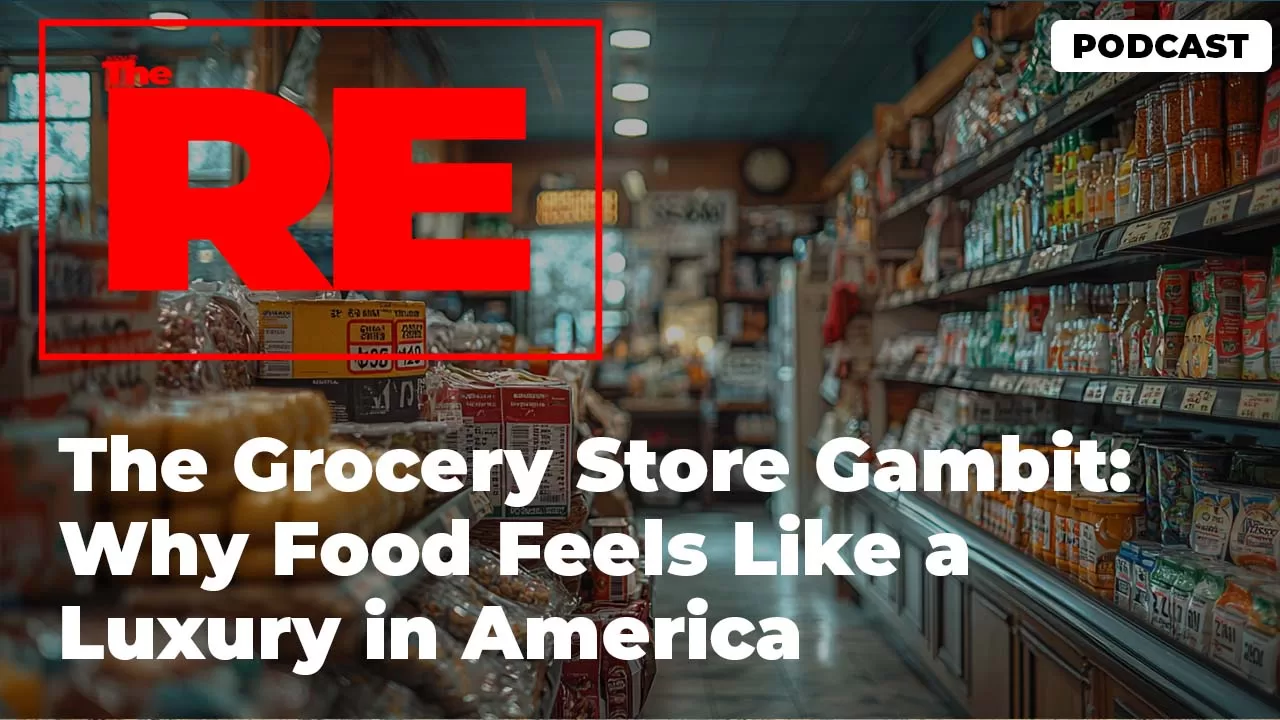
Today in The Ripple Effect, we are discussing why eating in America is starting to feel like a luxury.
Across neighborhoods, kitchen tables are shifting. Not because people don’t know how to budget but because the math just stopped making sense. Eggs are $5. Milk is pushing $6. That 99-cent ramen? $1.59 now. Food prices aren’t just rising, they’re quietly rewriting what survival looks like, especially for the middle class and working poor who never expected to have to choose between gas and groceries.
This isn’t about the usual suspects like avocado toast or “poor spending habits.” It’s about systems. About how unchecked corporate consolidation, global supply instability, and a post-COVID economy have turned the supermarket into a battleground. And for many, walking down those fluorescent aisles feels like gambling, except the only prize is making it through the week. But here’s the real kicker: while the price tags soar, wages don’t. And food pantries, once for emergencies, are now being penciled into calendars like recurring appointments. That’s the new normal.
This is not a story about inflation. This is a story about how the ability to eat with dignity became a privilege and who’s profiting from making it that way.
Let’s start with who’s feeling this the most. It’s not just low-income families, it’s working people who used to feel comfortable. The folks who didn’t think twice about a grocery run a couple years ago but now are doing mental math in the aisles. Teachers. Nurses. Parents. Seniors on fixed incomes. People with full-time jobs who are now checking unit prices like it’s survival mode because in many ways, it is.
So what’s behind the change? It’s not just inflation, it’s control. A handful of corporations dominate the food system. Kroger and Albertsons alone touch nearly 60% of the grocery market in some regions. The “Big Four” in meat—Tyson, JBS, Cargill, and National Beef—control over 80% of beef processing. PepsiCo, General Mills, and Nestlé run entire sections of the store. So when one raises prices, the others don’t compete… they match. Real competition has quietly vanished.
And we’re not just paying more—we’re getting less. Shrinkflation is everywhere. A family-size box of cereal used to weigh 18 ounces. Now it’s 14. The bag of chips looks the same, but what used to be 10 servings is now 7. They don’t say it out loud, but you’re getting charged more for less, and the difference adds up.
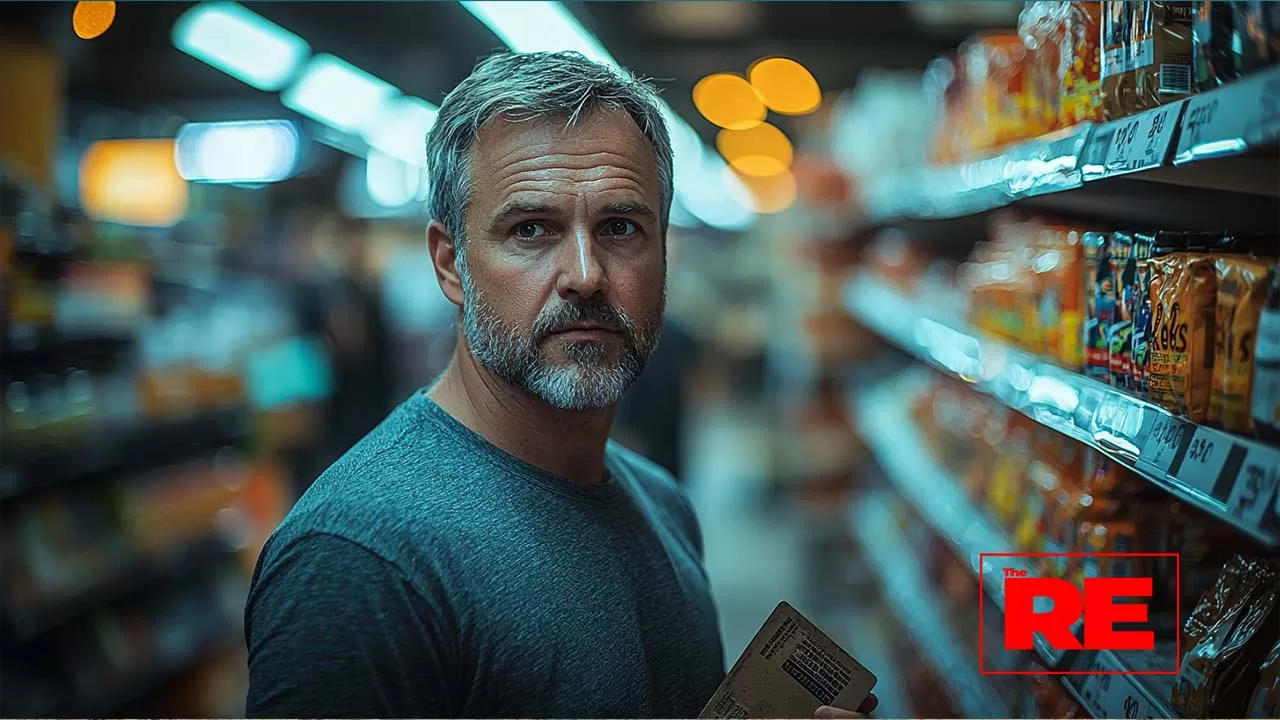

But when did this really start? COVID cracked everything wide open. Supply chains collapsed. People panicked. And in that chaos, corporations saw opportunity. Between 2020 and 2022, grocery prices jumped more than 13%. Meanwhile, food companies raked in record profits. Tyson’s net income doubled in 2021 to over $3 billion. PepsiCo made $9 billion in profit the same year and still raised prices. The excuse was supply disruption. The reality was margin expansion.
And why hasn’t this been checked? That’s the part most people miss. While the Federal Reserve targeted inflation with interest rate hikes, they left food markets mostly untouched. No federal price caps. No serious investigation into corporate profiteering. No structural change. Just statements. Meanwhile, the Department of Agriculture openly admitted that “consolidation has contributed to higher prices for consumers.”
The truth is, when eating becomes this difficult, it stops being just about food it becomes psychological. People start blaming themselves. Guilt sets in for choosing processed meals over produce. Parents cut back their portions so kids can have more. And all the while, the companies responsible are turning record pain into record profit. This isn’t just about rising prices. It’s about a system quietly shifting beneath us where access to food, something so basic, is being turned into a luxury for the sake of quarterly earnings.
So what does it actually mean when buying groceries becomes an emotional event?
It means the pressure isn’t just economic, it’s personal. It’s the single mother walking through the store with a calculator app open, choosing what her kids will have to live without this week. It’s the man in his 50s silently putting items back on the shelf because his paycheck didn’t stretch. It’s the teenager learning that frozen meals are more affordable than anything fresh. And it’s the family with two jobs and a mortgage that never expected to spend their Sunday mornings in line at the food pantry.
This is the new American food experience—not driven by choice, but by necessity.
Not shaped by appetite, but by cost.
And while all of this unfolds, the public conversation rarely goes beyond “inflation.” News anchors report price hikes like weather, just another update. Policymakers throw numbers around without ever acknowledging the real toll: the mental and emotional exhaustion of trying to eat without going broke.
Behind every quiet shopping trip is a quiet panic:
”Can I afford to feed everyone this week?”
”Will there be enough to last until Friday?”
”What corners do I have to cut this time?”
This isn’t about budgeting. People are budgeting.
This isn’t about cooking at home. People are cooking.
This is about the fact that the system doesn’t bend anymore. It only breaks and it breaks silently.
Even the language we use around food is changing. “Food insecurity” sounds clinical, distant. But what it really means is hunger. Stress. Shame. That moment when you pretend you’re not hungry because there’s not enough to go around. It’s parents skipping meals so their kids can eat. It’s neighbors trading leftovers. It’s 40 million Americans doing mental math over pasta and peanut butter.
And yet, the system that causes this isn’t under pressure—it’s thriving.
PepsiCo’s profits hit $9 billion.
Tyson Foods crossed $3 billion.
Grocery chains are merging, growing, consolidating more power while lobbying against oversight.
This isn’t scarcity. It’s design.
The ripple effect of all this doesn’t stop at the checkout line. It shows up in classrooms where kids can’t focus because they’re underfed. It echoes through hospitals treating diet-related illnesses that come from cheap, low-nutrition food. It shapes generations of anxiety around meals, money, and worth.
So what do we do with that? What happens when basic survival starts to feel optional?
That’s the question the grocery aisle is asking us now, not with signs or slogans, but with every inflated receipt and every choice we didn’t get to make. And the longer we normalize it, the more we risk baking this dysfunction into the next generation’s understanding of food, family, and fairness.
There’s no easy fix. But maybe it starts with naming the problem for what it is:
Not inflation.
Not bad habits.
Not a phase.
But a system that works exactly the way it was built, to benefit the few, and charge the rest of us for access to the bare minimum.
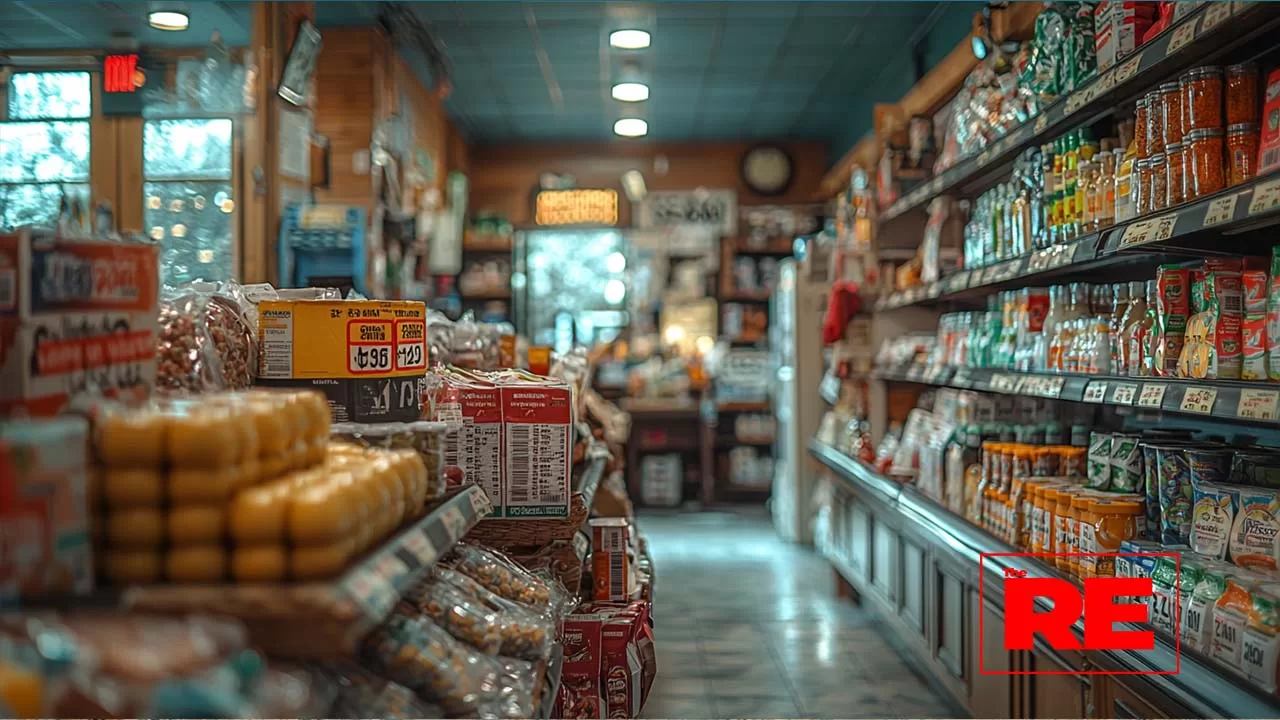

Who is being impacted?
Hardworking families. Seniors. Single parents. Anyone who used to feel stable and now feels stretched.
What is happening?
The cost of eating has outpaced wages, logic, and in some cases, dignity.
When did it start?
In the aftermath of COVID but the roots go back decades through consolidation and corporate quiet moves.
Where is this showing up?
Everywhere. Grocery stores, school cafeterias, home kitchens. It’s in red states, blue states, rural towns, and urban centers.
Why does it matter?
Because if eating is a struggle, everything else collapses with it—health, education, focus, hope. Food is the foundation, and when the foundation cracks, everything above it shakes.
And that’s the ripple.
Because what starts as a price increase becomes a mental load. A missed meal. A shorter lifespan. A new norm.
One story. One truth. One ripple at a time.
This is The Ripple Effect, powered by The Truth Project.

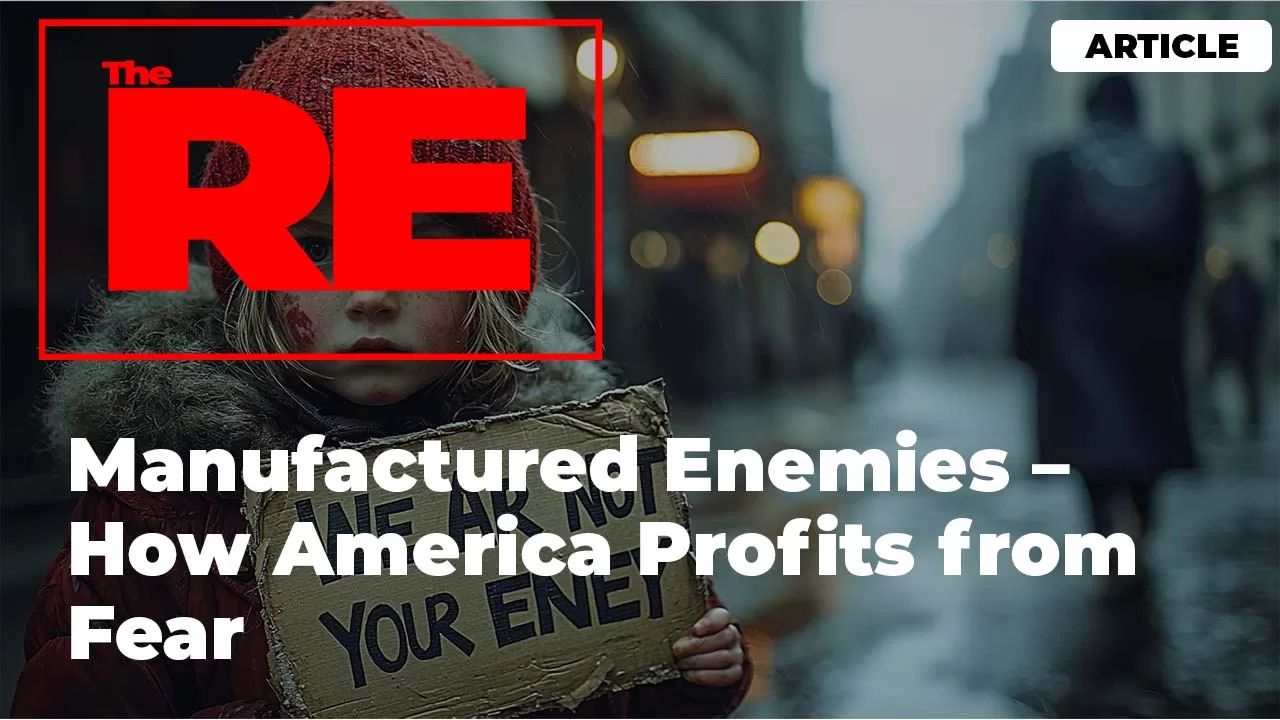
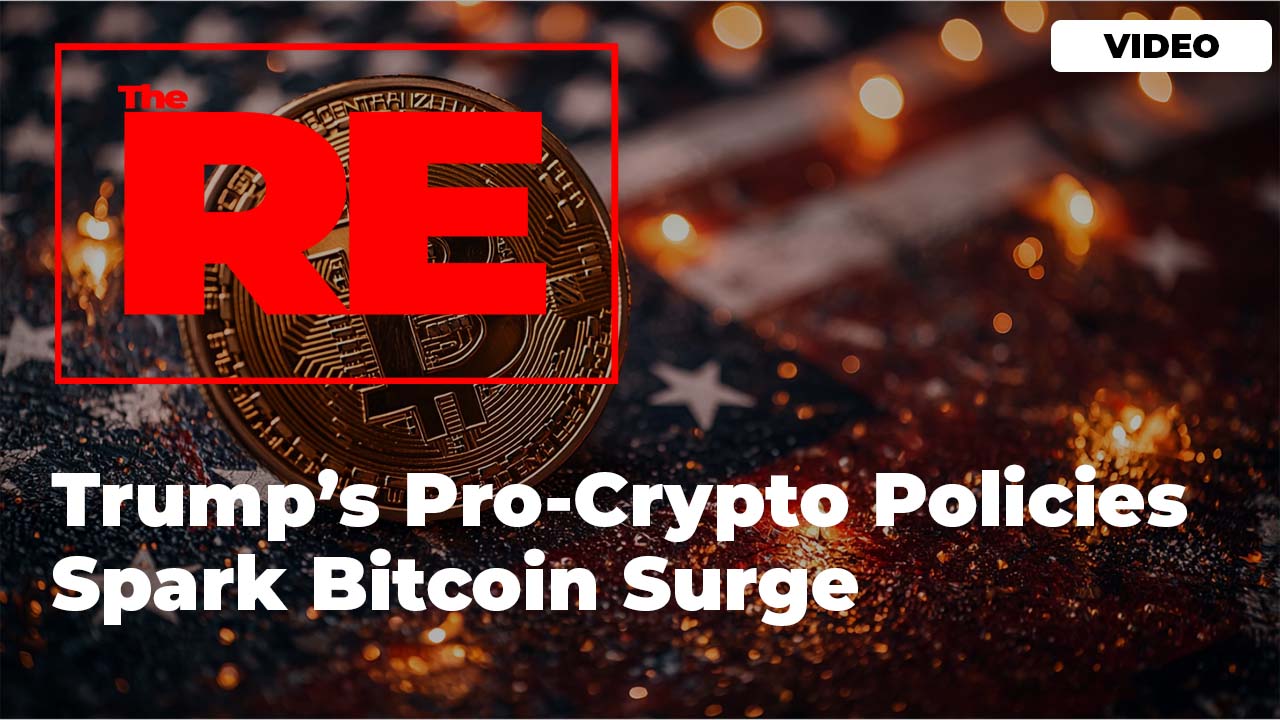


 and then
and then